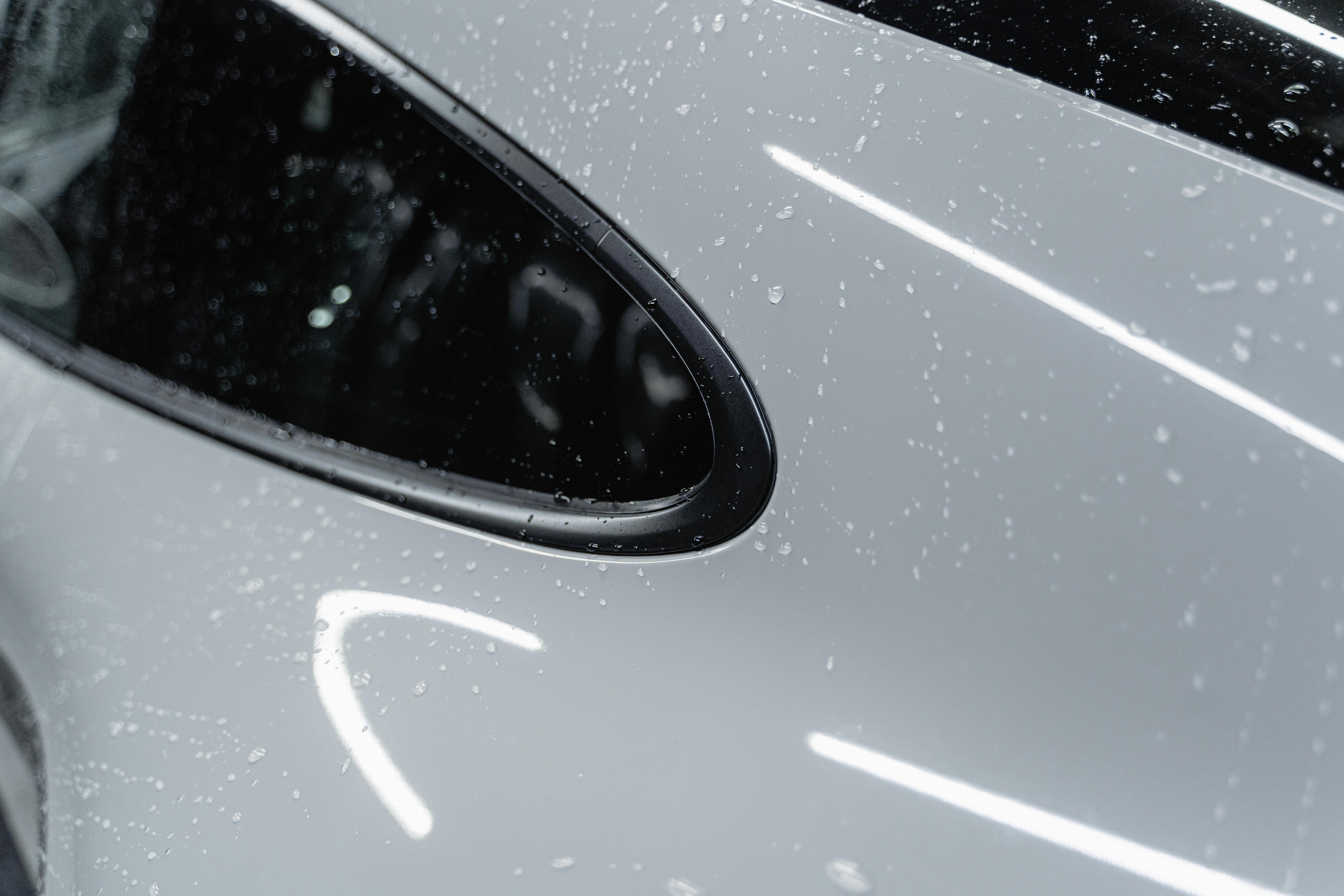Solving the engine exhaust problem.
This article reviews the causes and remedies for engine exhaust fumes. Some of the service tips people and mechanics use to limit leaks are taken from the web page links at the end of the article.
Solving the engine exhaust problem. What is exhaust?
Blow-by refers to excessive combustion and fuel vapors that slipped past the pistons of the engine. Its unpleasant hot cooking vapors mix with engine oils in a negative way.
In years past, automakers vented exhaust gases through a vent pipe into the air. Released into the air, the exhaust damages and pollutes the air, causes respiratory problems in young people, damages vegetation and poisons the water in lakes and rivers.
In many cases, exhaust and exhaust gases mix with the upper layers of the atmosphere. There, a more harmful chemical reaction called smog occurs. This happens when sunlight passes through it. Smog, exhaust stronger poison conversion further deepens the aggravation harmful to life and living beings. The exhaust is not good!
With pressures and laws around the world, car manufacturers were forced to do something to stop or control exhaust fumes and limit harmful exhaust fumes. It does so with anti-smog manufacturing systems for engines. We call them “emission controls”, and now all engines have them.
Normally, in a good engine, with clean internal conditions in the cylinder and combustion area of the engine, the clean conditions limit the passage of combustion exhaust through the pistons. What escapes is recycled back into the combustion for reuse. 25,000 fuel and combustion services keep the system clean.
Most engines require a “smog service” every 25,000 miles for normal long life. Some brands of smog service additives also kill the exhaust problem. We use those brands. At the links below.
Since the term exhaust refers to excessive amounts of exhaust pressure in the crankcase, it means that the resources to properly remove the exhaust are overstretched.
When it comes to an engine issue, this is how you fix it.
Leaks can have 3 causes:
- Worn or sticky piston rings or valve guides. Its wear holes.
- A clogged crankcase recirculation system. It can be stopped.
- Leaking o-rings or gaskets on the pressure side of a supercharger.
Remedies:
- For problem one, it’s time for a new engine. [$4000 up]. However, additive treatments are available to return combustion to normal for more years of good engine life. All at a fraction of the cost of a new engine.
- For problem two. The engine crankcase ventilation system does not suck combustion exhaust. Do not send it to be re-burned in the combustion cycle again. This may be due to a dirty PCV valve [under $25 replacement cost], or the system hole plugged. It is usually a mechanic who will put a wire into the hole or spray carb cleaner into the hole to open up and restore suction of crankcase gases.
- For problem three. An experienced supercharger system mechanic will find the problem gasket or o-ring, replace it, and verify that the leak of pressurized air into the engine has stopped. Put an end to that cause of escape.
in my store, And in my mechanic training classes, I demonstrate the use of various additives to clean the exhaust PCV system. These include Mega Power brand emissions system service treatment additives. Your product contains the power of the ingredient needed to clean sticky piston rings, putting an end to the cause of leaks.
This service can now be performed by anyone who wants to fix the problem themselves. See the links below. In doing so, select the product with dual engine, trim, injector and Combustion, piston ring cleanliness values. Also look for cleaners and polymers to free piston rings and fill worn gaps in the engine, all aids to correcting the leaking problem.
Those cleaning procedures also reduce pollutants from exhaust smog. Therefore, servicing can help older engines run cleaner, with fewer exhausts. Such a product helps to pass your smog test. these 2 courses [about $200 to $400 each] it will end the piston problem and engine wear. Often prevents engine replacement for many years.
While these additives offer protection and reduce combustion leaks, they cannot correct O-ring, seal, and supercharger pressure system failures.
For an image see = http://www.auto-tune-up-and-repair-options.com/images/blowby-valve-piston-drawing.png
For more gas reduction information, tips, and product information, visit the links below.
